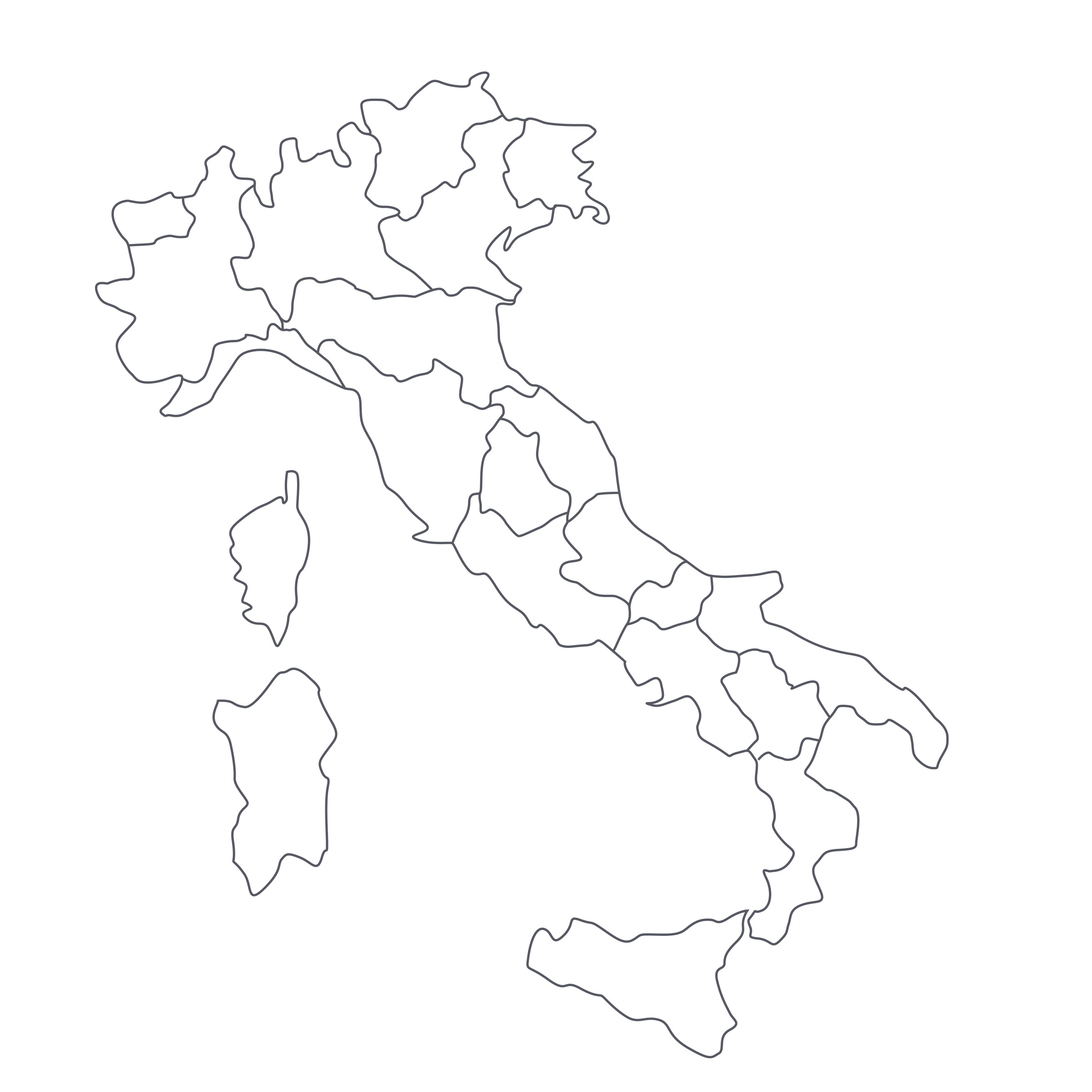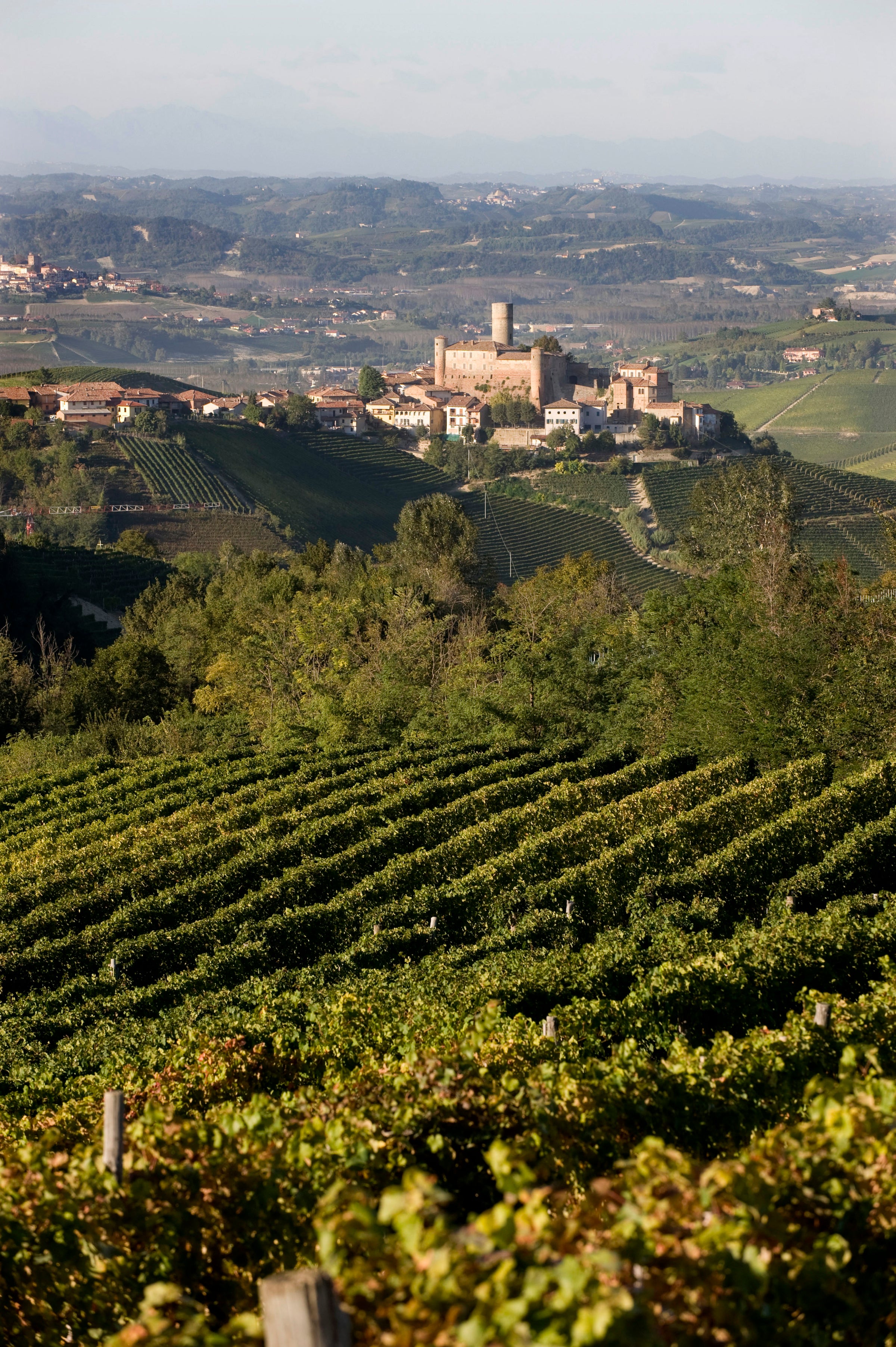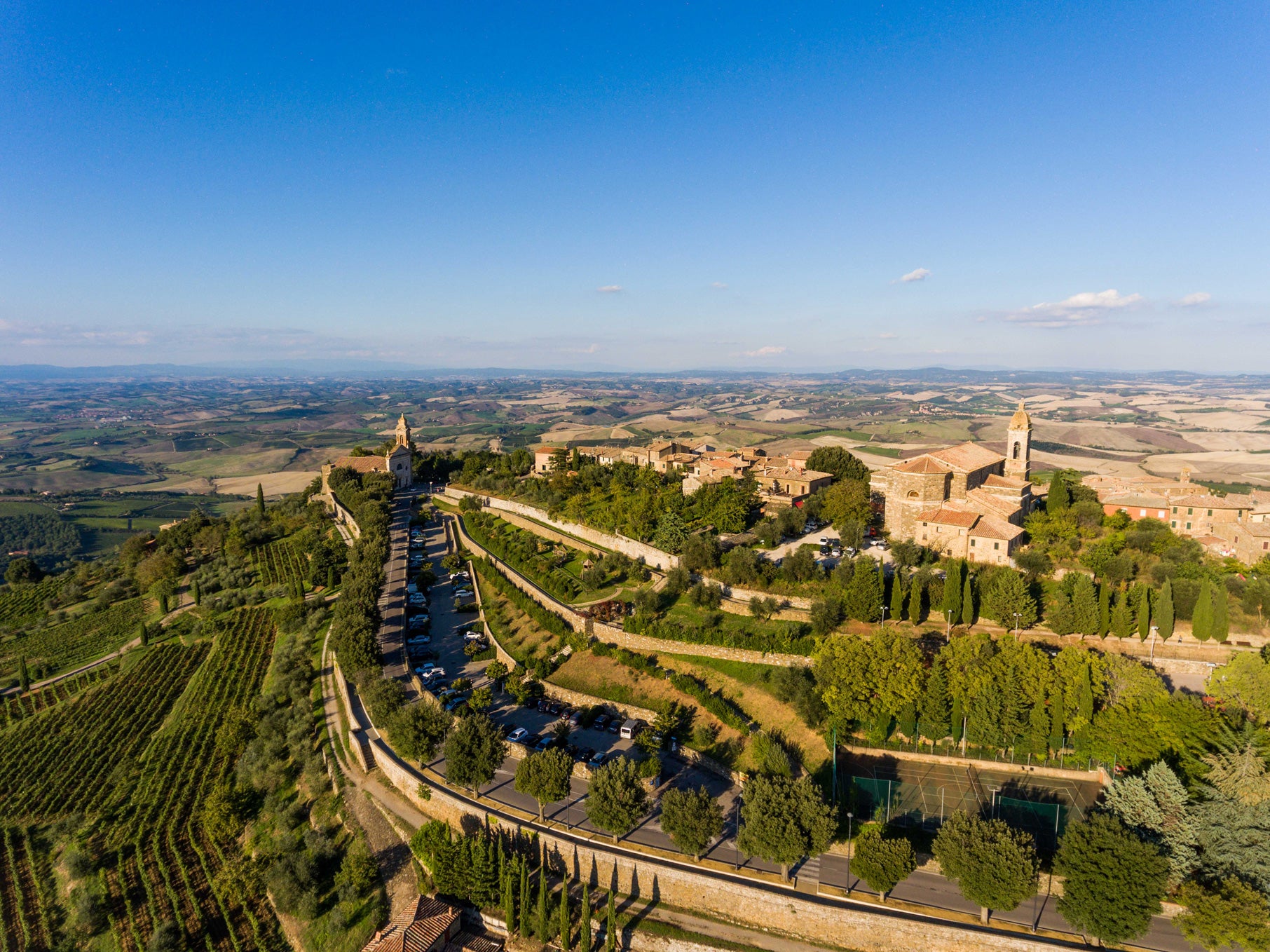We’ve showcased Italy’s “Alto Piemonte” (“Upper Piedmont”) region many times, because it is one of the great stories of renewal in modern wine. Like Galicia in northwest Spain, the Alto Piemonte had been all but abandoned as a wine area, only to come roaring back—thanks to passionate, sentimental, and slightly crazy new-generation vintners like Poderi Garona’s Renzo Duella.
He is a mechanical engineer who works in the auto industry, but he remembers his father and grandfather making wine in Boca, one of Italy’s smallest and most northerly wine appellations (DOCs). Starting in 2008, Duella acquired some vineyard plots and began producing a Boca wine of his own. Working with just 1.5 hectares (in an appellation with fewer than 20 hectares of vineyards total), Duella created Tritone in the spirit of other “little brother” wines (like Langhe Nebbiolo) that are less expensive and released sooner than their DOC(G)-designated siblings. Unbound by the restrictions of the Boca DOC—which mandates that a wine must age three years in barrel before bottling—Duella’s Tritone offers a less austere expression of Nebbiolo for those who love its floral, earthy personality but don’t always want the tannin and alcohol that come with it. To paraphrase legendary TV painter
Bob Ross, this is a happy little red from a backyard vineyard garden in northern Piedmont. How cool is that?
The Boca DOC zone covers just a handful of communes in pre-Alpine hills east of the Sesia River, which forms the backbone of Alto Piemonte wine country (along the Sesia to the south are appellations such as Gattinara, Ghemme, and Fara). Not far to the north are two of northern Italy’s “great lakes,” Orta and Maggiore, and in Boca, vineyard elevations range from 300 to 500 meters in soils of porphyric volcanic sand and granite. There wasn’t a lot of Boca wine for us to taste until about 10 years ago, when intrepid importers started unearthing the few commercial labels that existed in the region, but even now it’s hardly a well-recognized appellation. The town of Boca is about 100 miles north of Barolo, and while Nebbiolo is their shared language, the end-product is much different: Not only are Boca wines blends of Nebbiolo with the local grapes Vespolina and Uva Rara, even those with more substantial percentages of Nebbiolo have a lighter, more “Alpine” feel compared to Barolo.
This is especially true of Tritone Rosso, which is named for a type of newt found in Duella’s vineyards. Although not certified, Duella is employing organic practices in his small vineyard, hand-harvesting the fruit, and initiating fermentations with ambient yeasts. The 2017 Tritone is a blend of 60% Nebbiolo with 38% Vespolina and 2% Uva Rara aged just five months in 25-hectoliter Slavonian oak vats, which gives it a fresher, more ‘primal’ feel than the estate’s Boca DOC wine, which by law must age a minimum 34 months in barrel before bottling.
In the glass, the 2017 Tritone displays a ruby/garnet core moving to pink at the rim, with earthy, brambly aromas of blackberry, red and black currant, leather, tobacco, tar, and damp violets. It is medium-bodied and nervy, with some crunch to its tannins, so splash it in a decanter a good 45 minutes before serving in Burgundy stems. Like most Nebbiolo-driven reds, this isn’t “cocktail” wine: Pair it with braised or grilled beef or even something a touch fattier, like duck leg confit. As we transition into Fall, this wine’s woodsy flavors feel just right. Enjoy!




